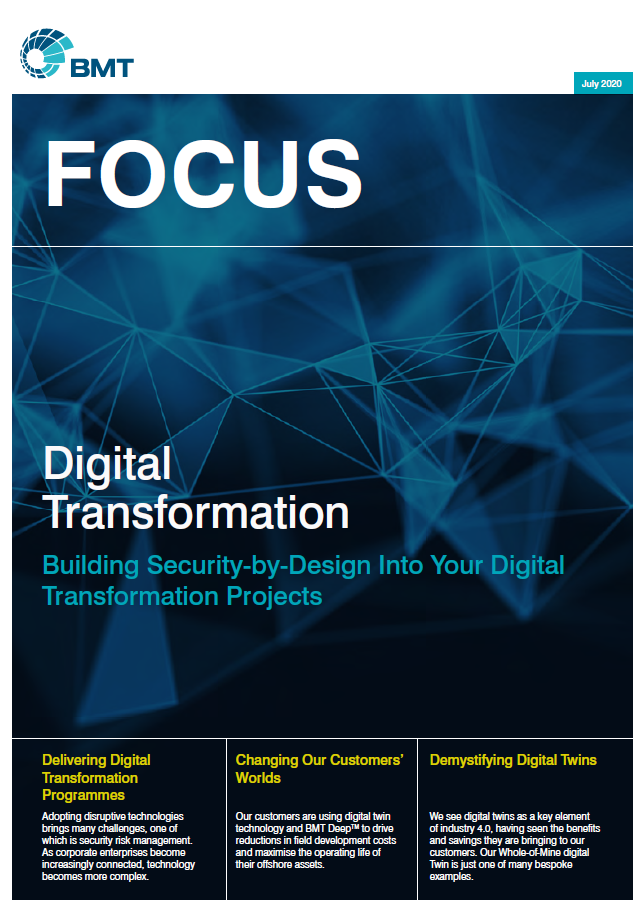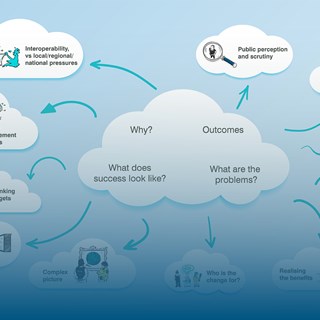Whilst numerous digital transformation programmes successfully deliver technological change, persuading stakeholders to embrace and fully exploit the new tools and functionality they will have at their disposal can be an uphill battle, which can be achieved by establishing an effective and inclusive 'action architecture', but many programmes insufficiently resource them or fail to establish one at all.
Researchers have studied human behaviour for six decades, and there can be little doubt that there's a science to the art of persuasion. Professor Robert Cialdini is one of the most eminent and respected behavioural scientists in this area.
Cialdini has studied this phenomenon for years; his management books have sold millions, and organisations embarking on Digital Transformation programmes would do well to read his work.
Cialdini's six principles
Cialdini's work in this domain has determined six factors that guide human behaviour. These are Reciprocity, Scarcity, Authority, Consistency, Liking and Consensus.
Suppose Digital Transformation Programme Board members can understand these shortcuts and ethically employ them, which will enhance the possibility of the benefits from a Digital Transformation Programme's Business Case. In that case, the likelihood of stakeholders being persuaded to change their behaviours can be significantly increased.
Applying principles of persuasion to a Digital Transformation programme
There are numerous ways that Cialdini's principles can be applied within a Digital Transformation Programme; these depend; on the company's culture and the programme board's willingness to use them. Here we explore the use of authority, consistency and consensus.
Authority: This principle is about the concept that people will follow the lead of knowledgeable and trustworthy experts. So if stakeholders believe that there is unanimous support for the programme from the senior leadership team and the external company that has been brought in to support the delivery of the programme is credible and has a solid track record of success, then they will buy into the change, which might include testimonials of the previous programmes that they have supported and the business benefits that previous clients have realised.
Consistency: This principle is predicated on the idea that people are partial to things they have previously said or done. So, by engaging with stakeholders early and asking them for a small commitment or action, it will be far easier to increase this commitment rather than delay engagement and ask for a significant burden when change is imminent and required. A Digital Transformation Programme could therefore release a Beta version of a future tool to familiarise users with some of its mechanisms for building cross-functional support across a less siloed organisation in preparation for migration to full functionality later.
This breaking down of organisational silos (internal vertical alignment and open architecture structures) supports a far more inclusive and agile culture and does not shy of cross-functional collaboration.
Consensus: The final principle that could be applied and is particularly useful as it is most applicable when people are uncertain and is when stakeholders will choose to look at the behaviours and actions of their co-workers to determine their own. Suppose these social norms are supportive of the programme. In that case, they are more likely to buy in too, which could be applied by promulgating statistics of the number of staff already using a new tool or piece of functionality, along with recommendations for its utility. When uncertain users see this level of adoption, they are far more likely to follow.
As these simple steps require few resources to implement while yielding significant benefits, including a substantial ROI on a business strategy, shareholder value and team morale, it seems a no-brainer for programme teams to consider persuasion science as one of their delivery agents.





